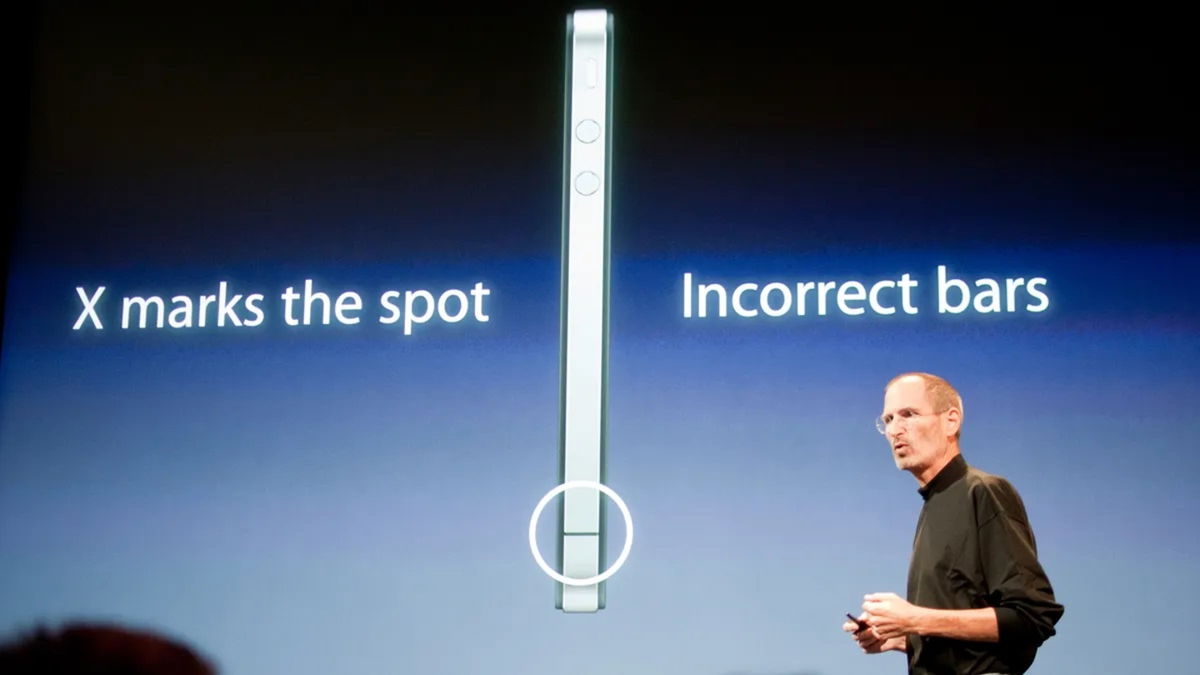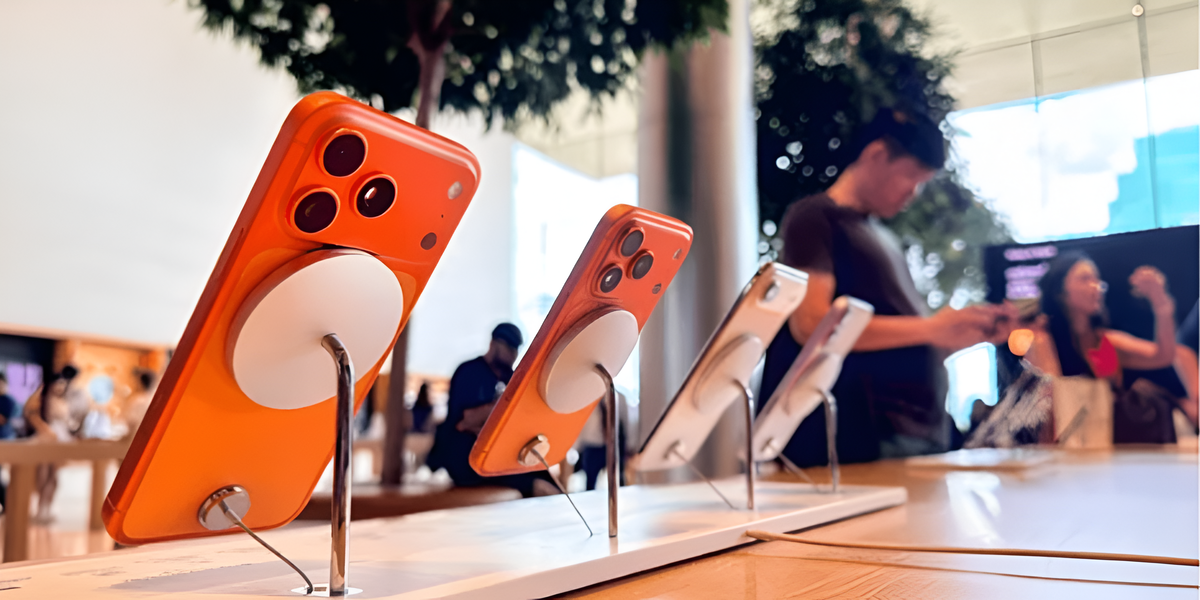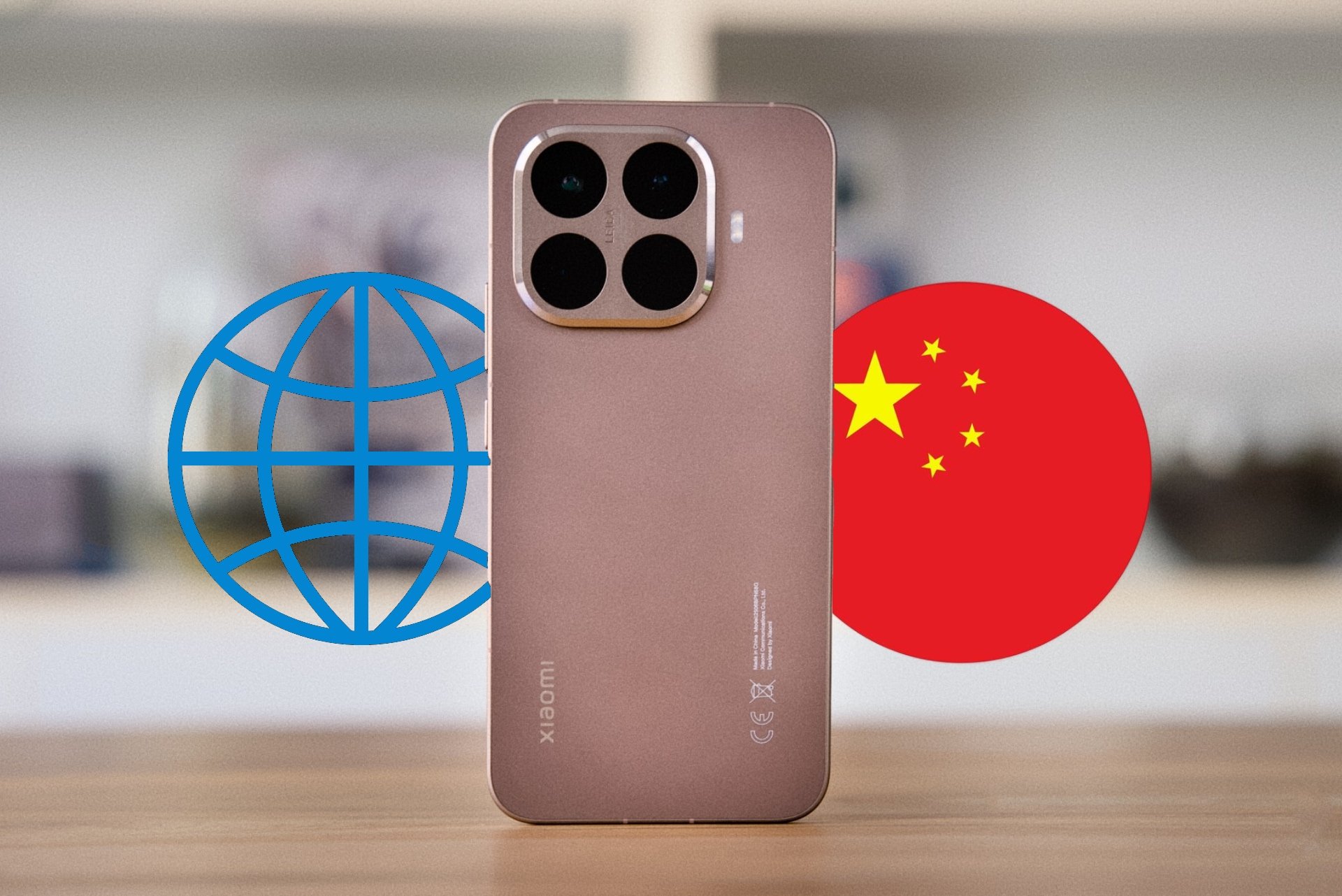Many phones have not yet been updated to Android 15, but Android 16 It’s right around the corner. It was confirmed some time ago that Google would be pushing ahead with the release of the next version of its mobile operating system, and today the company unveiled its roadmap to release the first version to developers of the said software.
Developer Preview 1 (DP1) Android 16 can now be downloaded and installed on compatible devices. So far, this initial variant debuted in February, but this time it became available earlier, as the stable version of the OS is expected to debut in the second quarter of 2025 – presumably in early June – rather than in the third trimester. .
With the debut of Android 16 DP1, Google has confirmed that new road map aims to “better align with the ecosystem’s device release schedule so that more devices can receive major versions of Android faster.” This seems to confirm rumors that the Pixel 9a – and perhaps the Pixel Tablet 2 – will arrive first, and that the same could happen with the Pixel 10.
What’s new in Android 16 DP1?
As the first developer version, Android 16 debuts for app creators. check compatibility of them with the next software version. This way, they have the necessary time to carry out proper checks and prevent any glitches when users’ mobile phones start updating.
However, this does not mean that there is no news. In particular, Android 16 DP1 introduces several new APIs. One of them matches built-in photo selection which allows users to grant apps permission to access selected images or videos, both local and in the cloud, rather than the entire library on the device.
Another API that comes with Android 16 corresponds to a health feature called Health Connect, which allows apps create or open medical record files which are in FHIR format (Healthcare interoperability resources), a standard used by health services in the United States and other countries. According to Google, this feature can only be used with users’ explicit permission.
Compatible Devices

As is customary, Android 16 DP1 can only be installed on the latest generation Pixel phones. In any case, this is a pre-release version specifically created for developers. It is not recommended to install it on mobile phones that are used daily.. So if you were thinking about trying this on your everyday smartphone, it’s best not to. Not only because it is definitely unstable, but also because it will also delete all the content on your device.
For those who want to try first Developer Preview Android 16 without installing on your phone, you can do this from your PC or Mac by creating an emulator via Android studio. This tool allows you to experiment with the software on two types of devices: mobile devices or tablets/large screen devices. In this link you can see the steps you need to follow to do this.
If you are determined to install this initial version of Android 16 on a device that is not intended for daily use, keep in mind that compatible models This:
- Pixel 6, Pixel 6 Pro and Pixel 6a;
- Pixel 7, Pixel 7 Pro and Pixel 7a;
- Pixel 8, Pixel 8 Pro and Pixel 8 a;
- Pixel 9, Pixel 9 Prox, Pixel 9 Pro XL, Pixel 9 Pro Fold;
- PixelFold;
- Pixel tablet.
The easiest option to test Android 16 DP1 on any of these devices is to connect them to your computer, go into the Android Flash Tool and select the software to install. If this method doesn’t work, this is also possible download operating system images for each device via this link. Of course, we repeat the above: this is a developer edition and is not tested for daily use, so proceed at your own risk.
Source: Hiper Textual
I’m Ben Stock, a highly experienced and passionate journalist with a career in the news industry spanning more than 10 years. I specialize in writing content for websites, including researching and interviewing sources to produce engaging articles. My current role is as an author at Gadget Onus, where I mainly cover the mobile section.














